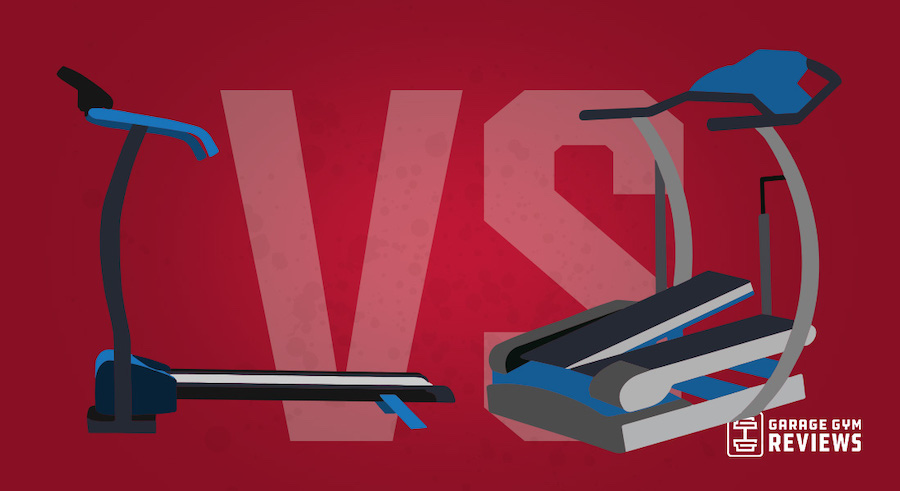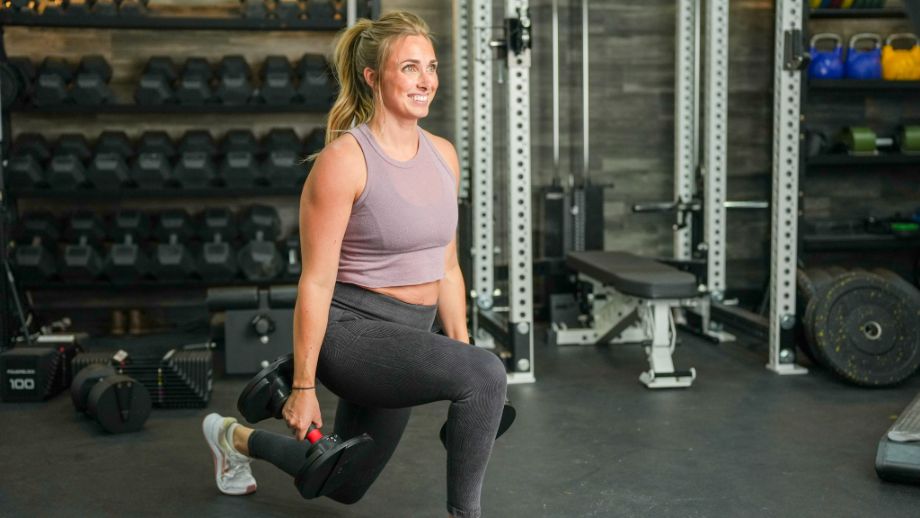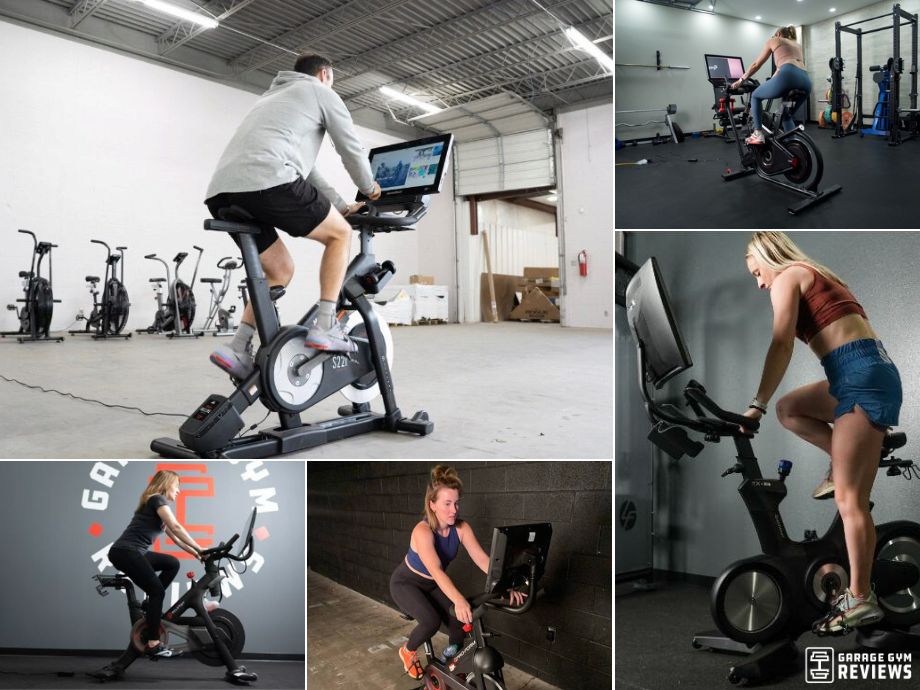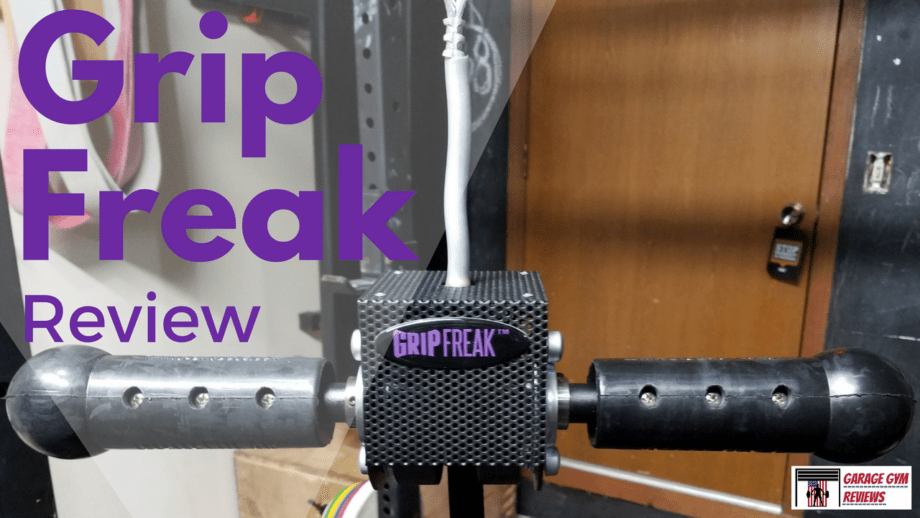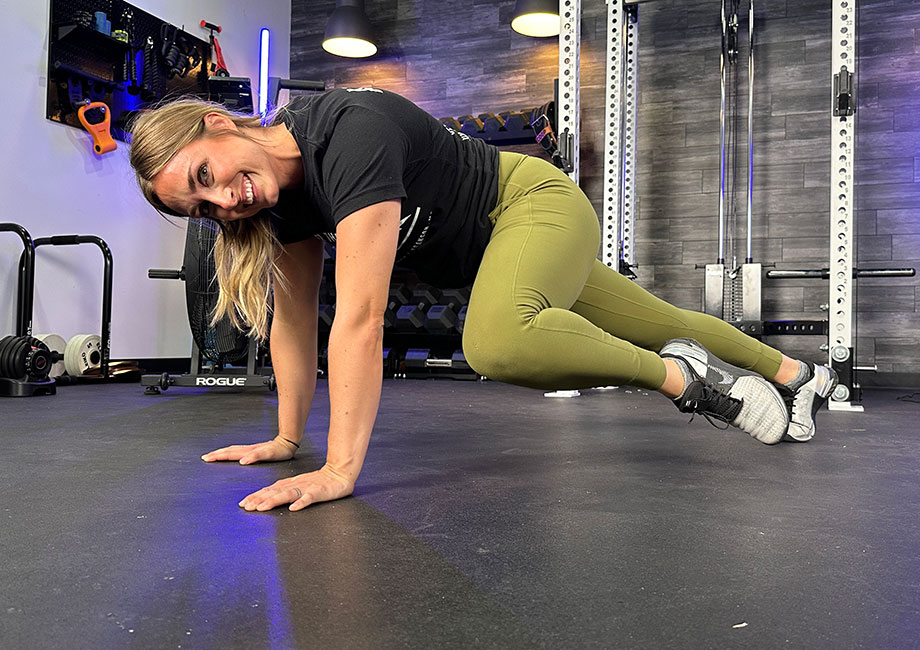Treadmills and treadclimbers look similar, but these two pieces of gym equipment feel and function differently. Yes, they’re both calorie incinerators that target the lower body, but their differences affect their versatility and ability to help you achieve your fitness goals.
A treadmill is a go-to piece of exercise equipment for many professional and home gyms. Beginners can get on a treadmill and get a workout with little to no experience. Treadclimbers, on the other hand, combine the motion of a treadmill with that of a stair stepper, creating a unique, low-impact workout. The question is when you put a treadmill vs treadclimber head to head, which one works best for most people?
Treadclimbers let you target your muscles and muscle groups in slightly different ways than a treadmill. They take some getting used to, but a treadclimber offers a high-intensity, low-impact workout in a short time frame. Treadmills provide a high-intensity workout, too, but a standard treadmill has more versatility in speed and consequently, training options. Keep reading to take a look at the main differences between these two types of cardio machines and get a better idea of which one may belong in your workout space.
What is a Treadmill?
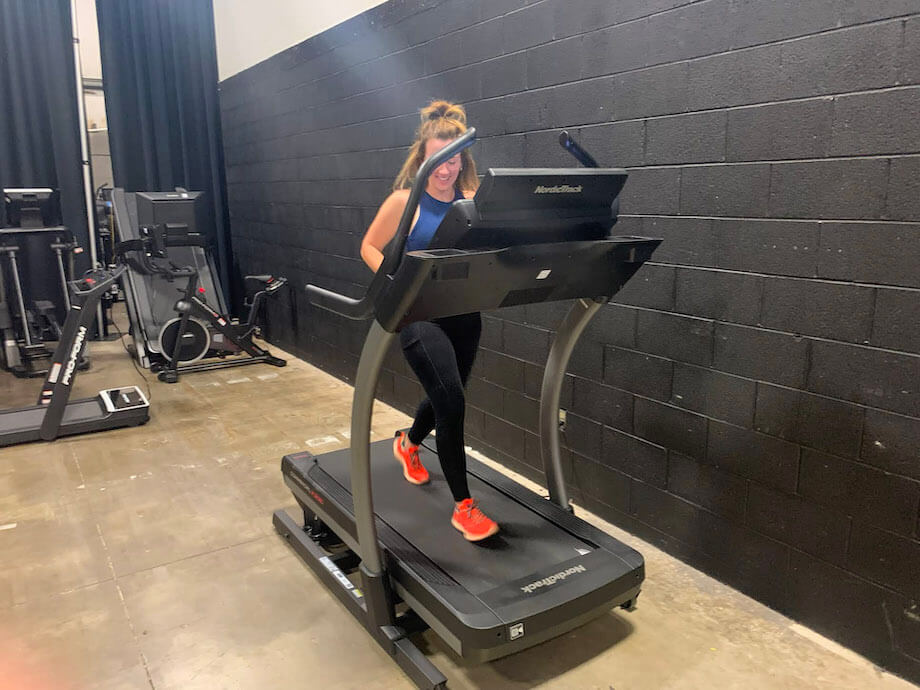
You’re probably familiar with what a traditional treadmill is, does, and looks like. They’re basically a moving belt on a deck with handles and a console. Very basic (and cheap) treadmills will have zero incline levels, but mid-level models often have at least three incline levels and high-end models can have up to 15. (NordicTrack’s incline trainers can reach up to 40-percent incline!). Treadmills typically reach top speeds between six to 12 miles per hour. These machines are made in different types, including under-desk, manual, foldable, and smart.
What is a Treadclimber?
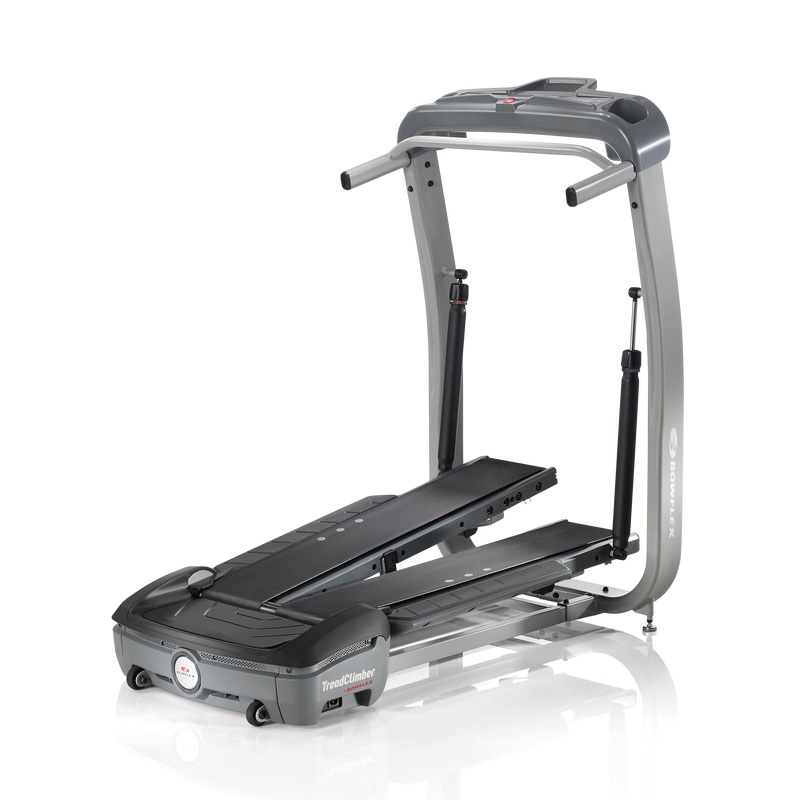
Treadclimbers are similar to treadmills in that they have handles and a console, but the deck is split into two treadles with moving belts that move independently of one another. These hybrid machines combine the movement of a treadmill with that of a stair stepper, similar in concept to the Bowflex Max Trainer, which combines the movement of a stair stepper and an elliptical.
The treadles on a treadclimber can incline, and they slightly raise and lower with each footstep, cushioning and reducing impact. Treadclimbers offer a walking workout that feels like stair stepping with the added resistance of stair stepping. They only reach a max speed around 4 mph, unlike a treadmill.
Treadmill vs Treadclimber Similarities
Both of these machines allow users to change the speed of the moving belts, though a treadmill has one and a treadclimber has two. Their consoles look similar and have similar speed and incline controls, and neither machine is designed for the upper body.
Treadmills and treadclimbers have similar footprints, though treadclimbers might be a few inches shorter than the largest treadmill models. Neither are particularly mobile, though there are foldable treadmills that, depending on the design, can significantly reduce the overall footprint. Typically, both treadmills and treadclimbers have transport wheels so you can move the machine around your workout space. Both machines also burn calories through cardio workouts.
Finally, treadmills and treadclimbers have similar extra features like water bottle holders and LCD or touchscreen displays that show time, distance, and calories burned. Some treadmill and treadclimber models come with a heart rate monitor through heart rate sensors on the handlebars or with a heart rate chest strap.
Treadmill vs Treadclimber Differences
When describing and looking at these two machines, they seem more similar than they really are. From the cost to how they affect your joints, there could definitely be one or the other that would work better for you.
Cost
Treadmills come in a much wider price range than treadclimbers. You can find an entry-level treadmill for around $500, with advanced commercial machines that cost $5,000 and up. Treadclimbers cost between $2,000 and $3,500.
Makes And Models
Treadmills are a standard part of home and professional fitness equipment. There are makes and models from many brands, with everything from simple manual treadmills to models packed with high-tech upgrades and large touchscreens. In comparison, treadclimber models are few and far between. There are no treadclimbers currently being produced, but you can find many Bowflex treadclimbers secondhand.
Impact
Treadmills mimic outdoor running but absorb more impact than the concrete or cement surfaces you may run on outside. While a treadmill’s running deck absorbs shock (and some do so better than others), a workout on a treadmill will generally be higher impact than one on a treadclimber. A treadclimber’s treadles compress under each footstep to make it feel more like you’re climbing stairs. However, that motion also creates a lower-impact workout than you’d get on a treadmill. They mimic a stair stepper but absorb more shock to reduce tension and pressure on the joints of the lower body.
Targeted Muscles
These two machines both target the lower body. However, they differ in their ability to target specific muscle groups. A treadclimber’s design better targets specific lower-body muscle groups. For example, as you increase the incline, the glutes and quads become more dominant than the hamstrings and calves, though all four groups are still activated. Increasing the incline on a treadmill may still activate these different muscle groups, but the nature of the movement doesn’t target them the way a treadclimber can.
Maintenance
The more moving parts a piece of equipment has, the more maintenance it requires. Treadclimbers have a lot of moving parts and have been known to have maintenance issues according to reviews on Amazon.com. However, like manual treadmills, there is a manual treadclimber that’s motorless, reducing potential maintenance problems.
Beginners vs Advanced Users
Beginners can go from walking to light jogging or running the very first time they get on the treadmill. The same cannot be said for beginners on a treadclimber. A treadclimber workout doesn’t feel quite like a treadmill or a stair stepper. It’s intense and the motion (and intensity) takes some getting used to. Most people take a few days to weeks to work their way up to doing 30 continuous minutes on a treadclimber.
Speed
Treadmills can reach speeds of 10-12 mph. Treadclimbers are made only for walking, with top speeds between 3.8 to 4.2 mph.
Workout Programs
Both treadclimbers and treadmills can have preset workout programs. However, treadmills typically have more program options, especially models that connect with fitness apps where you can access virtual programming.
Which One is Right for You?
Putting the treadclimber vs treadmill, most people will get the best bang for their buck and get more versatility and ease of use with a treadmill. You can walk or run, and if you buy a model with incline levels, you can increase your intensity through incline or speed. Additionally, treadmills are easy for everyone to use, from beginners to competitive athletes.
However, there are instances where a treadclimber might be a sound choice. If you like using a stair climber but they’re hard on your joints, a treadclimber offers some middle ground. A treadclimber might also be a good option if you hate treadmills but still want a good workout in a short amount of time.
Treadmill vs Treadclimber: Final Thoughts
Treadmills and treadclimbers may look similar, but how they work your body and their ease of use are very different.
- Treadclimbers are more difficult to use and can’t be used for running.
- Most treadmills (those with a 3.0 HP motor and higher) are designed for walking or running, whereas treadclimbers only walk.
- Either workout machine will give you a solid lower-body workout.
- Both machines reduce impact, though those with joint issues may still find them uncomfortable, while still providing a high-intensity workout.
The bottom line is you can get a great cardio workout with either machine. But as far as versatility goes, a treadmill wins out almost every time. The exception is if you’re looking for a stair stepper workout that’s easier on your joints. In that case, a treadclimber might be the right option for you.
Treadmill vs Treadclimber: Q&A
Is a treadclimber better than a treadmill?
A treadclimber isn’t inherently better than a treadmill. Treadclimbers work the lower body in a different way, bringing together the feel of a treadmill with the incline and lower-body workout of a stair stepper. However, you can get an intense cardio workout on either machine.
Can a treadclimber be used as a treadmill?
No, a treadclimber cannot be used as a treadmill. Treadclimbers’ maximum speed range is between 3.8 and 4.2 mph, which isn’t fast enough to run. You can walk at an incline with foot and leg movements that are similar to climbing stairs versus a treadmill that feels like walking or running outside.
Is the treadclimber good for losing weight?
A treadclimber can be effective for calorie burn and weight loss, but so, too, are many other cardio machines. The Centers for Disease Control and Prevention1 recommends doing at least 150 minutes of moderate-intensity exercise each week to maintain your weight. If you want to lose weight, you have to either increase the time or the intensity of the cardio exercise, and of course, nutrition plays a huge role in weight loss as well.
Does a treadclimber burn more calories than a treadmill?
A treadclimber doesn’t necessarily burn more calories than a treadmill. The number of calories you burn doing any exercise depends on many factors, including the intensity at which you do the exercise, your physical fitness level, your weight, and even the temperature in which you work out.
You can crank up the speed and incline of a treadclimber to burn more calories than you can on a treadmill. However, if you turned up the speed and incline on the treadmill, you could probably burn about the same amount of calories in a similar time frame. It all depends on the settings and circumstances.
You can burn the same amount of calories in roughly the same amount of time doing many other activities, like rowing, using an elliptical trainer, or hiking. It all depends on the speed and intensity at which you do the activity.
References
- How much physical activity do adults need? The Centers for Disease Control and Prevention. 2022.


